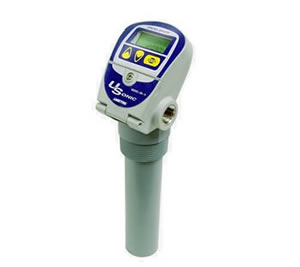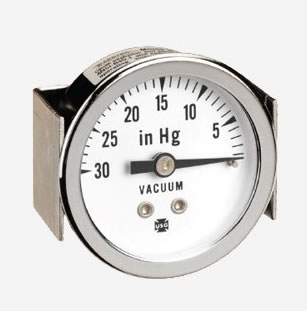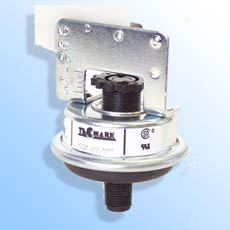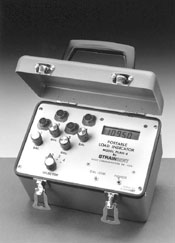Automation is the wave of the future for industry. As the words “lean manufacturing” work their way into the vocabularies of a higher number of professionals, automation and all of the components that contribute to it are increasing in their popularity within industry. Manufacturers see the benefits in terms of reduced labor costs and increased efficiency, and the transition to automation simply makes sense. But the fact is that the trend toward automation has been a long time in the making, and industry has been making use of automated or semi-automated equipment for quite some time.
Consider the example of pressure switches. They might not be considered by all people to be highly advanced, automated equipment, but they accomplish many of the things that automation is intended to accomplish. Take reservoir pressure switches in a water treatment plant as an example. Managers of these facilities want their operation to be as smooth, efficient and problem-free as possible. Affixing pressure switches to a pressurized wastewater transmission line can accomplish two things, depending on the switch model. Many switches are capable of providing pressure readings in addition to sending control signals. In this example, such a switch would be able to tell a manager the pressure level within a transmission line as well as automatically control water flow in response to unfavorably high or low pressure levels. Like other kinds of automation equipment, such a pressure switch would help to ensure the efficient, safe and carefully controlled operation of a system.
Pressure switches are generally valued for their ability to respond automatically to changes in a pressurized system. For this reason, they are employed throughout industry as well as in some commercial and consumer contexts. Because the need for such products is not likely to go away, pressure switches are likely to continue to be very important tools in a variety of settings.
 Flow Meters
Flow Meters Leak Detectors
Leak Detectors Level Switches
Level Switches Pressure Gauges
Pressure Gauges Pressure Switches
Pressure Switches Pressure Transducers
Pressure Transducers Castings & Forgings
Castings & Forgings Bulk Material Handling
Bulk Material Handling Electrical & Electronic Components
Electrical & Electronic Components Flow Instrumentation
Flow Instrumentation Hardware
Hardware Material Handling Equipment
Material Handling Equipment Metal Cutting Services
Metal Cutting Services Metal Forming Services
Metal Forming Services Metal Suppliers
Metal Suppliers Motion Control Products
Motion Control Products Plant & Facility Equipment
Plant & Facility Equipment Plant & Facility Supplies
Plant & Facility Supplies Plastic Molding Processes
Plastic Molding Processes Pumps & Valves
Pumps & Valves Recycling Equipment
Recycling Equipment Rubber Products & Services
Rubber Products & Services